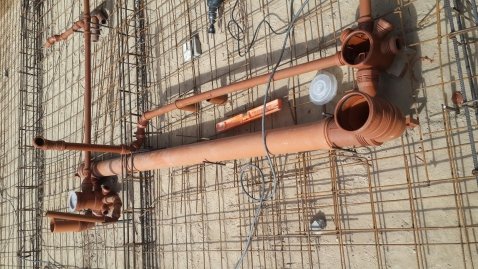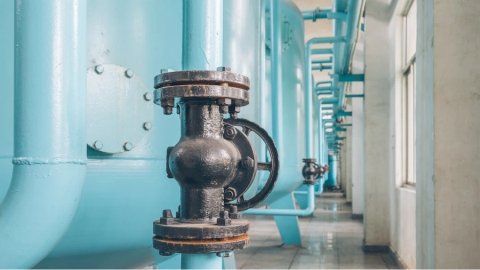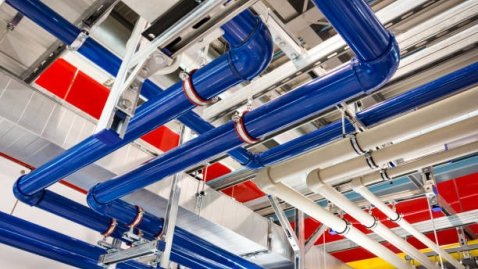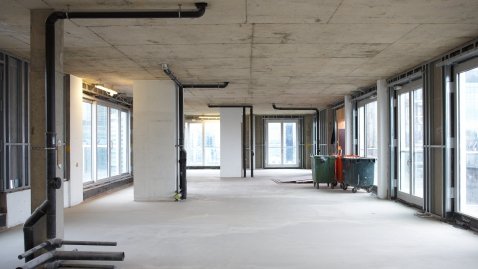Sanitary installations
Design of sanitary installations in buildings
The design of sanitary installations in a building is a fundamental task that can determine the proper functioning and hygiene of the building, as well as the health and well-being of the people who live in it. Good planning and design of the sanitary system can save time, money and energy, and contribute to the environmental sustainability of the building.
Sanitary installations include potable water, drainage, sewerage and wastewater treatment systems. Each of these systems has a specific function in the building and requires detailed planning to ensure its proper functioning and integration into the building. For example, the potable water system must be designed to supply clean water safely and efficiently to all areas of the building, and must include an adequate purification and filtration system to ensure water quality.
The drainage system, on the other hand, must be designed to transport wastewater safely and efficiently through adequate piping and ventilation systems. The sewerage system must connect the building’s drainage pipes to the public sewerage system, and the wastewater treatment system must be designed to treat and purify wastewater prior to final disposal.


The design of sanitary installations must also take into account important factors such as energy efficiency and water savings. The use of efficient and energy-saving heating systems can significantly reduce energy costs and contribute to the environmental sustainability of the building. Likewise, the use of low-flow faucets and showerheads can reduce water consumption and contribute to the conservation of water resources.
A crucial aspect to consider in the design of sanitary installations is local and national sanitation standards and regulations. Professionals in charge of the design and construction of sanitary installations should be familiar with these rules and regulations and ensure compliance with them to ensure public health and safety.


Inadequate design of sanitary installations can have serious consequences, from water leaks and damage to the building structure to public health problems. The lack of a good wastewater treatment system, for example, can lead to contamination of water sources and the proliferation of bacteria and waterborne diseases.
It is important to note that an investment in a good sanitation system over the long term can save time and money in the long run. A well-designed installation built with high-quality materials can ensure optimal performance for years to come, avoiding costly repairs and maintenance.


Therefore, it is essential that the engineers and professionals in charge of the design and construction of sanitary installations are experts in their field and are aware of the latest technologies and best practices. Professionals must have a thorough understanding of health and safety requirements, as well as local and national standards and regulations related to sanitary installations. In addition, they should be aware of the specific challenges faced by different types of buildings, from residential buildings to hospitals and factories.


In terms of sanitary installation design, it is important to consider several factors, such as the size and layout of the building, the number of users and frequency of use of the installations, as well as the specific requirements of the users. For example, an apartment building will require a different sewerage and wastewater treatment system than a hospital or factory.
In addition, efficient design of sanitary installations can help reduce water and energy consumption. For example, the use of rainwater harvesting systems for irrigation and other non-potable purposes can reduce potable water consumption, while the use of energy-efficient heating and cooling systems can reduce energy consumption.
In summary, the design of sanitary installations in a building is a crucial aspect of the construction of any type of building. An inadequate sanitary system can have serious consequences for the functionality, safety and health inside the building, and for public health in general. Therefore, it is important to have professionals trained and experienced in the design and construction of high quality sanitary installations that comply with all necessary standards and regulations, to ensure the long-term functionality, efficiency and safety of the building.
Comments
We are interested in your opinion, please leave us a comment